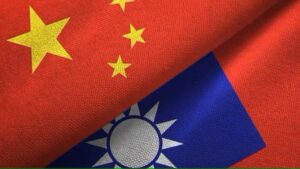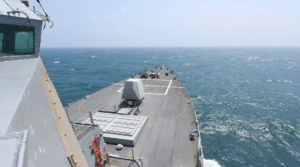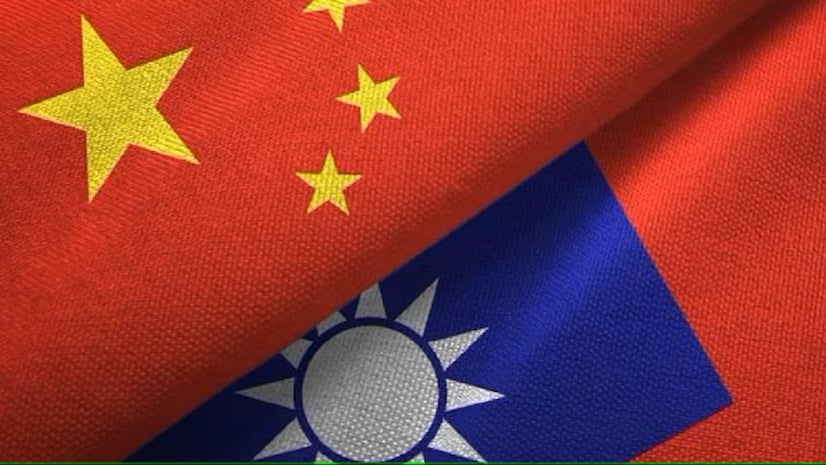Taiwan’s Ministry of National Defence recently issued a statement highlighting a significant increase in Chinese military presence near the island. This surge in activity, involving both aircraft and naval vessels, has raised tensions in the region and drawn international attention to the ongoing geopolitical dynamics between Taiwan and China.

Details of the Surge According to the ministry’s statement, as of a specific date and time, a total of 15 aircraft belonging to China’s People’s Liberation Army (PLA) and 6 naval vessels from China’s People’s Liberation Army Navy (PLAN) were observed operating in the vicinity of Taiwan. Of particular concern was the breach of Taiwan’s Southwestern Air Defence Identification Zone (SW ADIZ) by 9 of the aircraft, which crossed the median line of the Taiwan Strait and entered Taiwanese airspace. Such actions are viewed as provocative and have escalated tensions between the two entities.
Response and Monitoring In response to this detected presence, Taiwan’s Armed Forces, represented by the Republic of China Armed Forces (ROCArmedForces), closely monitored the situation and initiated appropriate responses. While the specific nature of these responses was not detailed in the statement, it underscores Taiwan’s commitment to safeguarding its airspace and territorial integrity in the face of increased military activity.
Geopolitical Context The heightened activity in the Taiwan Strait region occurs against a backdrop of longstanding geopolitical tensions between Taiwan and China. Beijing has consistently asserted its claim over Taiwan, viewing the island as a renegade province and expressing intentions of reunification, even through force if necessary. This viewpoint has led to regular confrontations and escalations in the region, with Taiwan seeking international support to maintain stability and peace in the Taiwan Strait.

Grey Zone Tactics and Influence Operations Since September 2020, China has intensified its use of “grey zone tactics,” a term used to describe efforts beyond traditional deterrence and assurance methods. These tactics involve operating military assets near Taiwan without resorting to direct and sizable force, creating a continuous pressure environment. Additionally, Beijing has employed influence operations, including disinformation campaigns and economic coercion, as part of its strategy against Taipei.
Recent Developments Recent measures announced by Beijing, such as allowing travel from Fujian province to Taiwan’s outlying islands and lifting import restrictions, coincide with diplomatic engagements and visits between Taiwanese and Chinese officials. These actions are perceived as part of China’s broader influence operations aimed at Taiwan.
International Reactions and US Involvement The presence of US naval assets in the region, including a recent transit through the Taiwan Strait, further complicates the situation. China has denounced such actions, considering them violations of its jurisdiction over the strait. However, Taiwan and the US maintain that the Taiwan Strait is an international waterway, emphasizing principles of freedom of navigation.
Also Read : Taiwan Detects 30 Chinese Military aircraft Around Island: Ministry
Policy Continuity and Leadership In response to escalating tensions, Taiwan’s president-elect has appointed key cabinet members to oversee national security and foreign policy, signaling continuity with the outgoing administration’s approach. This move aims to ensure a cohesive and strategic response to ongoing challenges in the region.
Conclusion The surge in Chinese military activity near Taiwan, as reported by Taiwan’s Ministry of National Defence, reflects the complex and volatile nature of the Taiwan-China relationship. With ongoing geopolitical tensions, grey zone tactics, and international involvement, the region remains a focal point for global security and diplomatic efforts aimed at maintaining stability in the Taiwan Strait.

